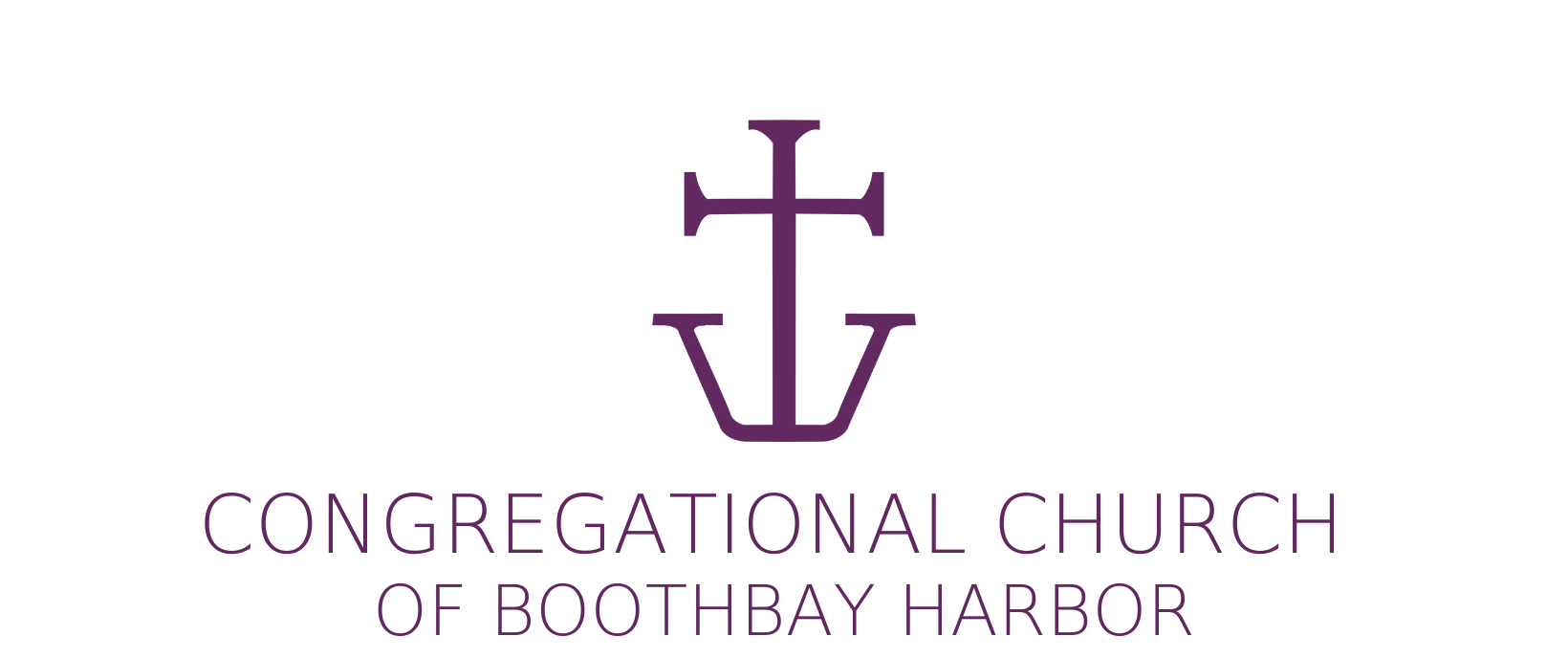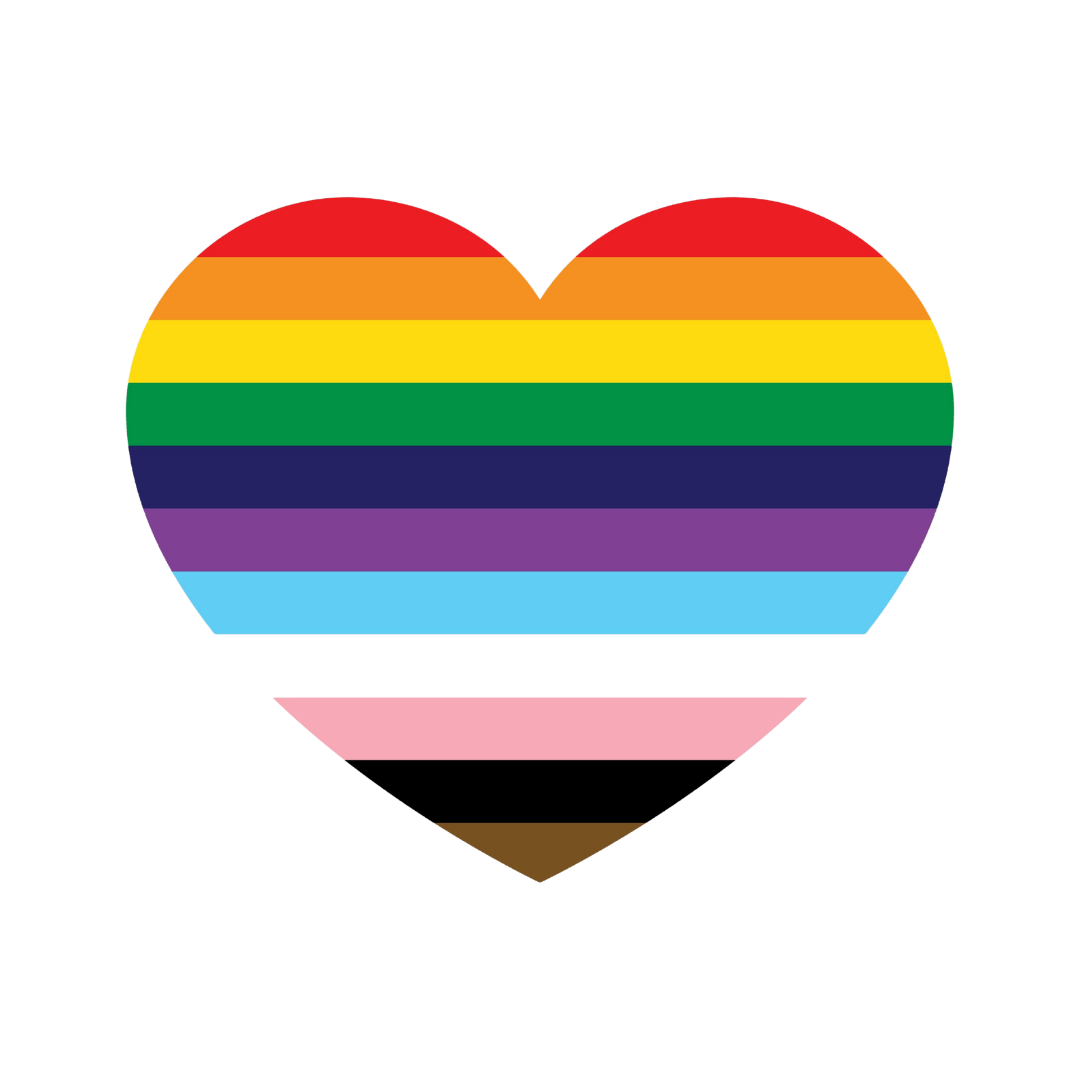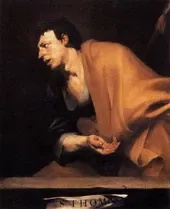Bold Thomas. Isn’t that how you think of him? Well, isn’t it? No?
How about Honest Thomas? That has a certain ring to it. No, huh?
Prior to the story today, there were two other situations — both in John’s gospel — where Thomas spoke.
As Jesus headed toward Bethany on the outskirts of Jerusalem, Thomas declared, “Let us go and die with him.”
And on the foot-washing night, when Jesus told the disciples, “You know the way to the place I’m going,” Thomas piped up, “Lord, we don’t know where you are going. How can we know the way?”
Don’t those words characterize him as both bold and honest?
If we came to today’s gospel reading with those other two episodes in mind, would we also recognize a definite boldness and honesty in Thomas’s words about needing to touch Jesus’ wounds?
But when we have been preceded by centuries of the church labeling him “Doubting Thomas” it’s hard to see him any other way. Be that as it may, perhaps we can benefit by reconsidering Thomas and his faith.
It was evening of the day when the tomb was found open and empty. The disciples were hiding behind a locked door for fear of the Jewish authorities. Well, not surprising, since these authorities had just had Jesus killed. The Lord came to them. But Thomas wasn’t there.
So, where was he? Gone home to share a Passover feast with extended family?
Or out getting supper for the rest of the gang?
Maybe off by himself, remembering his brave statement of 10 days or so ago, how he and the other disciples should accompany Jesus to see Lazarus in Bethany, and there die with Jesus if it came to that. How that recollection must have been tormenting him now!
I can imagine Thomas wandering in Gethsemane, maybe, where Jesus had last been with him, until Jesus was arrested and he, Thomas, with the other disciples, had scattered.
Or did Thomas just want to escape the thick air of grief in that upper room? People have different needs when they feel bereft, overcome with the loss of someone they love. Some want people around them. Some have to be alone.
Can you put yourself in Thomas’s sandals? What emotions might be going through you when you rejoin the group and the others tell you they have seen the Lord?
Frustration that they were refusing to accept reality?
Anger that they were ganging up to play a trick on you? Defiance, because, surely, Jesus wouldn’t appear to them when you weren’t there, too?
Or bitterness, because maybe Jesus had appeared and left you out. That would be the hardest of all to bear.
Wherever he was, when he returned Thomas hadn’t lost his outspoken brashness. Upon being informed that the Lord had appeared to the others, he asserted, “Unless I can see the holes that the nails made in his hands and can put my finger into the holes they made, and unless I can put my hand into his side, I refuse to believe.”
What would have led him to say such a thing? Surely something more than mere skepticism. I think it was a cry born of anger and shame, grief and desire. There was an element of typically outlandish, Semitic exaggeration.
Just seeing the wounded Lord alive wouldn’t be enough.
In the face of such a ridiculous claim, Thomas asked for something even more ridiculous — that he be able to touch the wounds of death in a living body.
Then Christ came and met Thomas right there in the midst of his frustration, anger, bitterness, defiance and grief. Christ issued an invitation given to no other disciple. Unlike what he said to Mary, Christ actually invited Thomas to touch him.
Personally? I think Christ said it with a grin. “See, Thomas? I told you, ‘Ask and you shall receive.’ You didn’t believe me, did you? Well, here I am. Time to cast your doubt aside.”
Whether Thomas actually did reach out to touch Christ, the gospel doesn’t say. Even though centuries of art have depicted him doing so, I somehow think he did not. It wasn’t necessary. He was too awestruck. “My Lord and my God,” was all he could manage at that point.
“My Lord and my God!” The most complete expression of faith in Christ uttered by anyone in scripture. Thomas not only saw the living Christ, he encountered God.
As you likely gathered from my message for the children, I like to ask questions. I like to know things. Often not for any practical or useful reason; I just want to know. Where do osprey go in the winter? What kind of frog is making that sound? Why do LED lights use less electricity? How does memory work? How did Thomas know that Christ and God are one?
I take almost as much pleasure formulating questions as I do in puzzling out possible answers.
I invite you to wonder now with me: how did Thomas know that Christ and God are one? After all, none of the other disciples, including Mary Magdalene, had voiced that startling truth, even though they, too, had encountered the risen Christ. Thomas wasn’t even in the room when Christ had breathed the Holy Spirit upon the others.
It must be something more than seeing and hearing which gave Thomas this knowledge. And it’s this something more that, I think, has given people down through the ages the certainty that Jesus Christ and God are one.
And this invites the further question, “How do you know what you know?”
A little story.
I don’t remember a whole lot about second grade. I remember the name of my teacher, Miss Colley. I remember that she was Catholic because on Ash Wednesday she came to school with a smudge on her forehead. I remember her dark, almost black hair and equally dark eyes. I remember that I adored her and would try my very best to please her. She was the one who got me to stop biting my nails, because her finger nails were so lovely.
So it was something of a shock when, in the course of a lesson one day, she said something I knew was wrong. She said the sun was the biggest star.
(I was, even at that age, cursed with the idea that everyone wants to know when they have made a mistake. Yeah, I know, I know. That’s why I call it a curse.)
So I raised my hand.
“Yes, Virginia?”
I stood up. “No, the sun is not the biggest star.”
“Oh, but it is. The sun is the very biggest star.”
I sat down, shaken, not knowing what else to say, completely in tears.
To her credit, she did correct herself the next day. “What I want you to remember is that the sun is a star. It looks so big because it’s the closest star to the earth.”
How did I know, at the age of what, 7? 8? that the sun was a star, but not the biggest one? Nowhere near as big as, say, Betelgeuse? It wasn’t divine revelation, I can assure you!
It’s quite likely I got it from that fount of all knowledge whom I called Daddy, although I have no recollection of when or how he told me. And how did he know? He hadn’t traveled out into space to measure stars. He had to have learned it from another person, either directly or in a book — someone versed in physics, mathematics, and astronomy.
Here’s the point. Many of the things we know in life — especially the important things — come from someone we trust. After all, we can’t know everything from direct experience.
Trust is so crucial, in fact, that the words of a trusted authority can even override direct experience.
“Uncle Jim is a good man; he wouldn’t do anything wrong.”
“You’re not hurt; you’re just being too sensitive.”
“There’s nothing wrong with you; it’s all in your head.”
Said by people on whom we depend, we might well believe them. Even seeing for ourselves, feeling for ourselves, hearing for ourselves, may not be strong enough to overcome the knowledge — right or wrong — of our social circle. It explains a lot about the current political situation.
We grant authority to those whom we love and on whom we depend. We tend to trust people who see the world the same way we do.
How else do people know the truth? If there are many people with the right credentials who agree something is true, that carries weight. So I know that radioactive substances are harmful to health.
If what I read or hear makes sense of what I have experienced, I will give credence to that idea. So I know that increasing levels of methane and carbon dioxide in the atmosphere are heating up the planet and causing sea levels to rise.
But most of all, people decide who is a trusted authority based on personal relationships. Family, friends, teachers, colleagues… people who know you and who have proven they care about you.
Do you want to know who’s a good doctor? Don’t you ask the people around you?
Do you want to know how to hook up a router? Isn’t it easiest to ask a techie niece to come over and help you? Do you want to know what to see in San Francisco? Wouldn’t you ask friends who have lived in or visited the city?
Thomas didn’t believe the other disciples because, for whatever reason, he didn’t trust them. Thomas had one trusted authority; Jesus. Jesus was the one person he felt knew him and loved him. And Jesus was gone.
And then suddenly appeared.
With that, Thomas’s heart broke open. The words, the touches, the glances, the laughter, the love , that passed between the two of them was there, alive and real. A relationship that had been murdered was restored to life.
And here’s what I believe: “My Lord and my God” doesn’t mean that Christ is a part of God. No, I go with what the high priest on Good Friday called blasphemous. It means Jesus Christ is God — the only real God there is.
This is the end to which the whole gospel of John points.
The one, true God feels, moves, heals, forgives, as Christ did and does. The essence of reality is love.
Some day I’ll tell you why I call myself a Trinitarian Universalist. For now all I’ll say is that the one, true God of Judaism and Islam, the holy reality that grounds every faith, is a God of deep, loving, eternal relationship, or there’s no God at all.
How do I know this? Through direct and indirect relationships , of course — relationships with people whose lives have reflected this reality. And because it makes sense of my own life experiences. Therefore, with Thomas, I proclaim, “My Lord and my God!” Alleluia!
Art Attribution: "Apostle St. Thomas" by Jusepe Martinez, Public Domain, Wikimedia Commons





